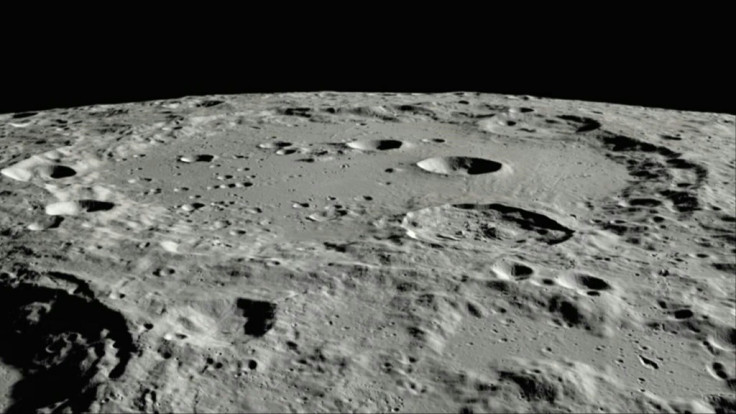Scientists discovered lost twin of our moon trailing Mars
The scientists studying Trojan of Mars discovered an asteroid which turned out to be similar in composition to our natural satellite.
A team of astronomers has discovered what they believe could be our moon's long-lost twin. The scientists from Armagh Observatory and Planetarium in Northern Ireland have found an asteroid trailing behind Mars having a composition similar to our moon.
According to Armagh Observatory and Planetarium's Stellar Blog, the asteroid called (101429) 1998 VF31 could be a Trojan or a small celestial body that is found in the orbit of larger celestial bodies. They are usually located 60 degrees in front of or behind the planet. The study of Trojans of planets is of great significance for astronomers as it unravels details about the planet formation and its evolution.
The international team of scientists has been examining the Trojans of Mars. They found out that 101429 is quite unique from other trailing bodies around the red planet, which are called as L5 Martian Trojans and belong to the Eureka family. Using a spectrograph called X-SHOOTER on the European Southern Observatory's 8-m Very Large Telescope (VLT) in Chile, the team of astronomers analysed the asteroid in question. They studied its reflectance spectrum by conducting a comparative analysis of the asteroid with our solar system bodies.
conducted a comparative analysis of the asteroid studied how its reflectance spectrum by with our solar system bodied. The method is known is taxonomy. And it was realised that the best match was not its surrounding bodies but our natural satellite.
"Many of the spectra we have for asteroids are not very different from the Moon but when you look closely there are important differences, for example, the shape and depth of broad spectral absorptions at wavelengths of 1 and 2 microns. However, the spectrum of this particular asteroid seems to be almost a dead-ringer for parts of the Moon where there is exposed bedrock such as crater interiors and mountains," Dr. Galin Borisov, a PDRA at AOP and member of the study group said.
While the origin of the asteroid is still a mystery, the scientists believe it is either just another asteroid that underwent the process called space weathering or it may have come from the moon.
"The early solar system was very different from the place we see today. The space between the newly-formed planets was full of debris and collisions were commonplace. Large asteroids – we call these planetesimals – were constantly hitting the Moon and the other planets. A shard from such a collision could have reached the orbit of Mars when the planet was still forming and was trapped in its Trojan clouds," said Dr Apostolos Christou, AOP astronomer and lead author of the paper.
The third scenario is that it originated from Mars. However, the team believes a more powerful spectrograph could give us a better idea. The findings of the study were published in the journal Icarus.

© Copyright IBTimes 2025. All rights reserved.





















